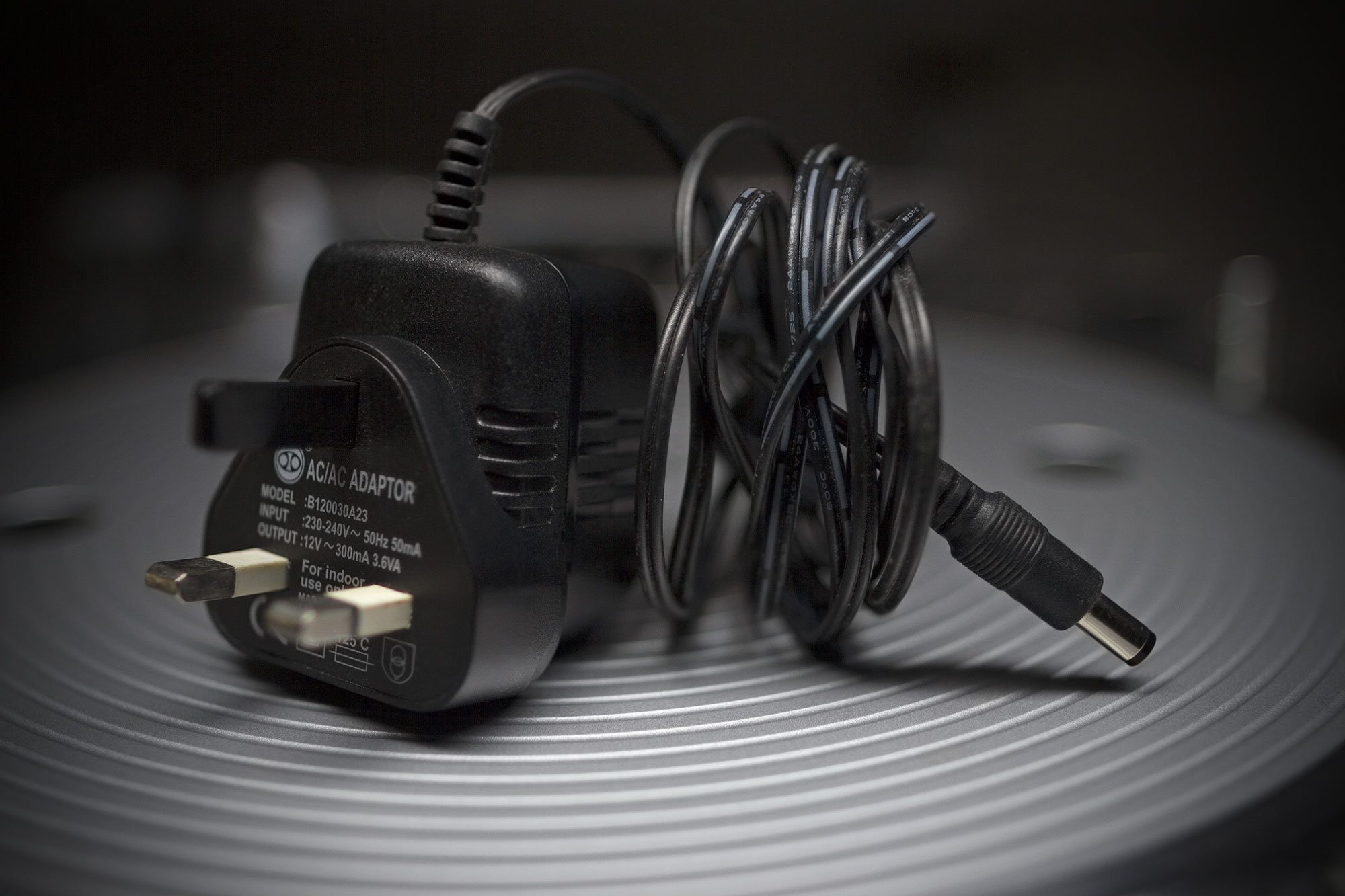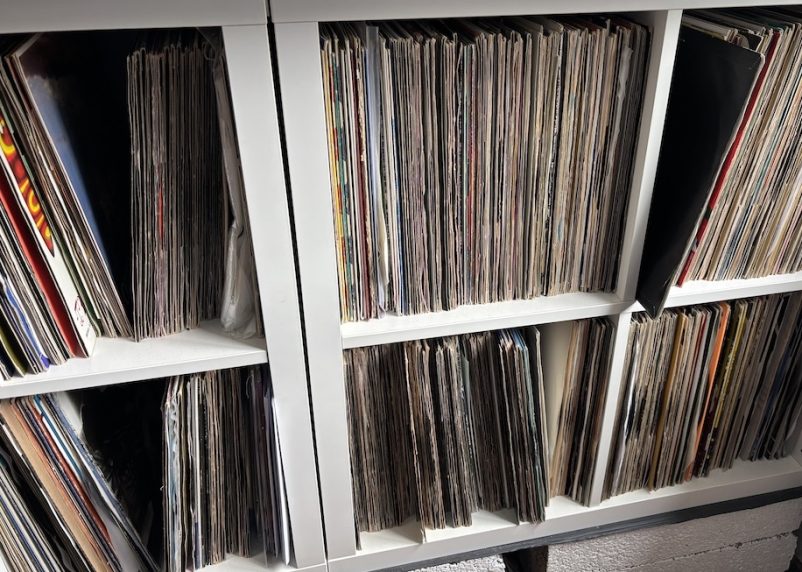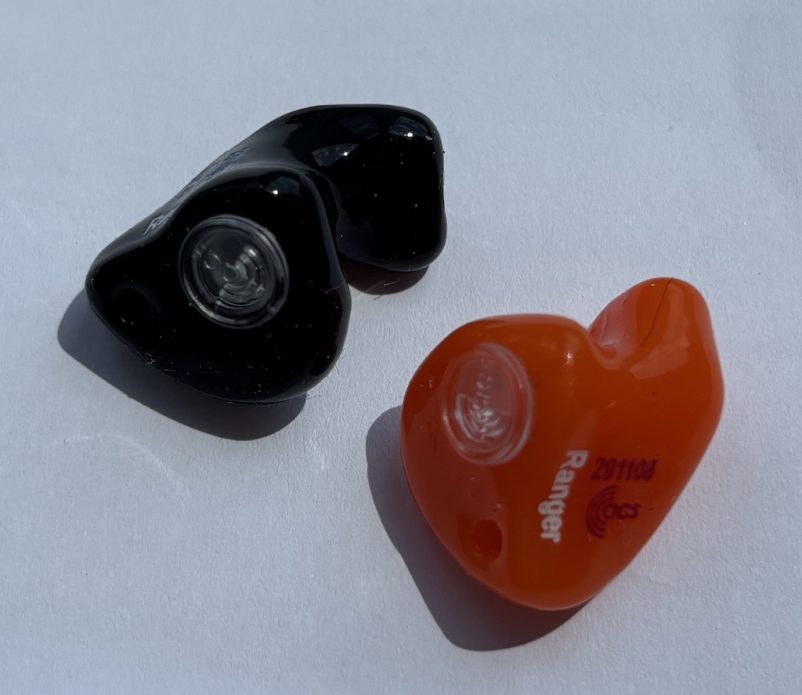I’m doing some reorganisation of the home Worxlab, and by reorganisation I mean opening and immediately recycling magazines that I should stop subscribing to, and doing this crazy and coma-inducingly boring thing called filing. But in doing this, I have reached a tipping point, one that I have been at several times, but in the spirit of this reworking, it’s time to finally post a DJWORX handy hint. top tip, or otherwise good bit of advice that will really help you not make the same mistake.
So hands up if you can tell me what this is?
OK I know it’s a power brick, but what does it power? I have absolutely no idea. And it’s not an isolated power supply either — I have a good number of them and equally have no clue what they are for. There are no identifying marks — no logos, brands, products names… printed or otherwise. The question remains as to how whatever they’re supposed to be plugged into are still running (which in itself might be a clue). But I’m sure I’m not alone in this predicament.
So my advice (which I seem to be very bad at taking) is this — the very moment that you open a new toy, be armed with a marker pen (with optional tape), or better still a Dymo labeller (like the one you had at school or more space age) or similar depending in your OCD tendencies, and label that wall wart up by any means necessary immediately.
Personally, when I remember I just use a Sharpie, because it’s quicker, and is perfectly visible on black bricks and is perhaps less obtrusive than a white label. Labelling up your stuff also means that if you have a serious collection of gear all plugged in together, then it’s easier to pull out the right one rather than having to trace a cable back to its source.
All I offer here is a common sense good housekeeping tip. Many of you probably already do this, but for those who don’t who are relating to my pain, or are starting out and have yet to come across this, try this and save yourself problems down the road.
BUT WOULDN’T IT BE NICE IF…
…the industry could label up their generic wall warts, or at least put a sticker in the box if the same one is used on different devices? Then we wouldn’t have this problem at all. Just saying.
IN THE MEANTIME
Does anyone know what this particular power supply is for? Does it look familiar to anyone?






Even just having the manufacturer on the plug would help. Some generic Chinese name doesn’t help. Quite a few smartphone companies have stopped including the plugs altogether. They just include the USB cable.
Just look at the values : 12V – 300mA.
Not really powerful
Plugs are standard
My vestax VCI380 PSU looks rather similar to this.
A standardized power supply for all music / dj equipment stuff! That needs to happen.
Life got so much easier when they introduced this for phones.
There used to be!
https://www.spycameracctv.com/productimages/SPY/3227_xl.jpg
Well… I thought about this, but having an internal power adaptor has some disadvantages too…?!
As a mobile DJ, I label everything even, audio cables it makes setup and teardown noticeably faster.
As a mobile DJ I have learned that labeling my cords and all plugs is extremely helpful. I also color code cords too. Different colors depending on sound, lighting or power. It has saved me a lot of time in setup and break down.
Yes, I’ve been labelling mine for years (decades?). Currently using a DYMO LabelPoint 250.
Good tip, especially for often-used items, though many AC adapters are useful for many products. I have a box of assorted wall warts with their specs showing. When you have something you need to power, look at the power port on the device. 99% of the time it will say next to the port or on a rating sticker the voltage, current and whether it’s AC or DC. Then you look through your box-o-warts for an adapter whose Output spec shows the same voltage (or one within the range specified on the device in question,) the same current type (AC ~ vs DC +/-,) polarity if DC, and at least as much current (A/mA) as the device requires (it’s fine if it can supply more.)
In your particular case, that wart provides 12V AC at 300mA. It likely drives a computer speaker or external modem, as those are the only devices I’ve seen that take low-voltage AC. (Everything else is usually DC with positive tip.)
BTW, “isolated” power supplies just mean that they don’t tie the input and output circuits together at any point, usually for increased equipment protection, power quality, power efficiency and/or user safety. Everything I said above applies equally for those.
I label them all – since i fried my Kontrol F1 and Midifighter 3D when i plugged the wrong power supply into my USB-Hub – It was the one for my portable Laser… 12V into a 0,5 V USB-Hub… my mix was “smoking hot” – and not in a good sense; i still can smell the burnt plastic.. *sigh*
Moral of the Story: Label everything!
Red gaffer tape and a Sharpie… always! Respect to Roland – first ever PS which came with a sticker “System 1” on it.
I use heat shrink, first write on it, before heating it, so its easier to write on it, vs having smaller area to write on. Plus it deters theft when left somewhere, or you can know if someone borrowed it for a long time ;)